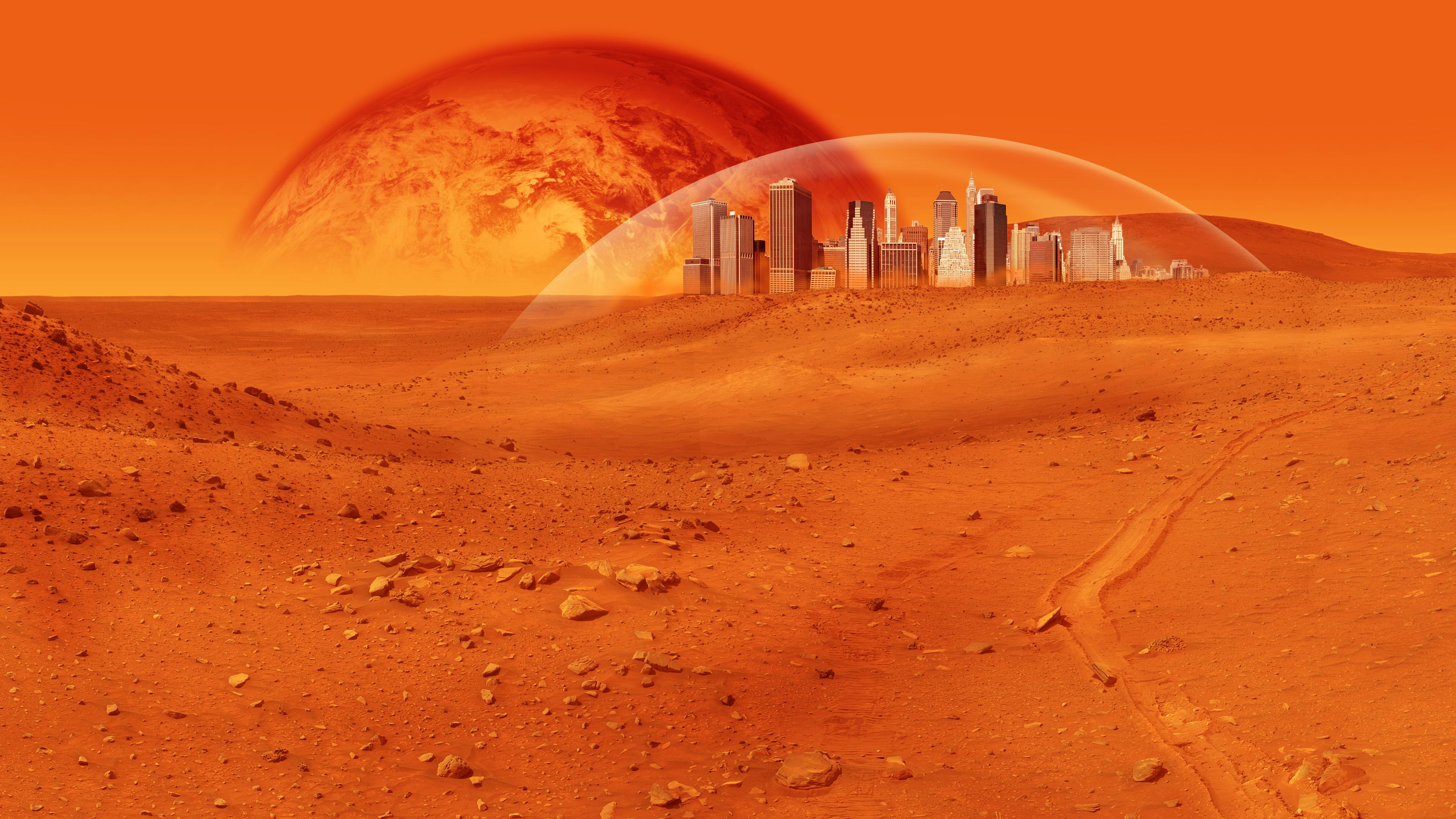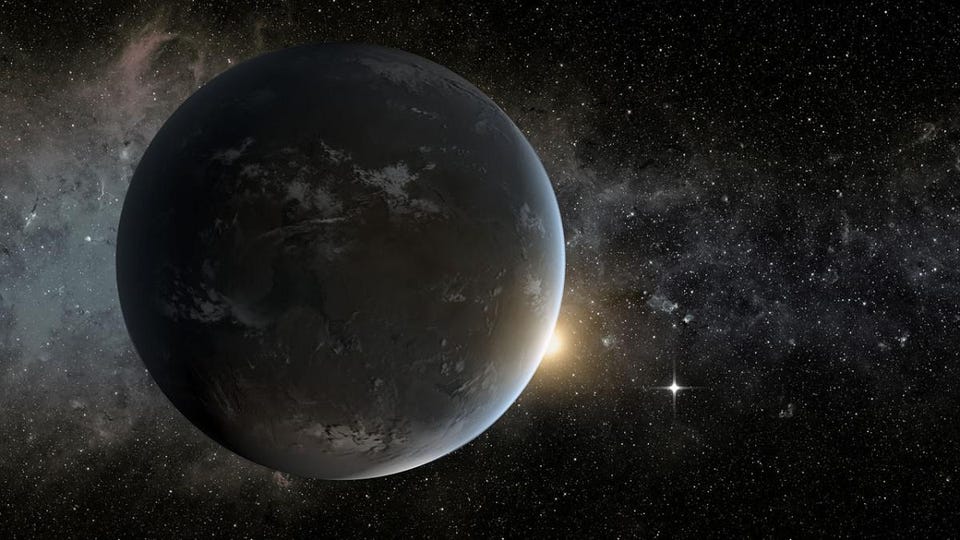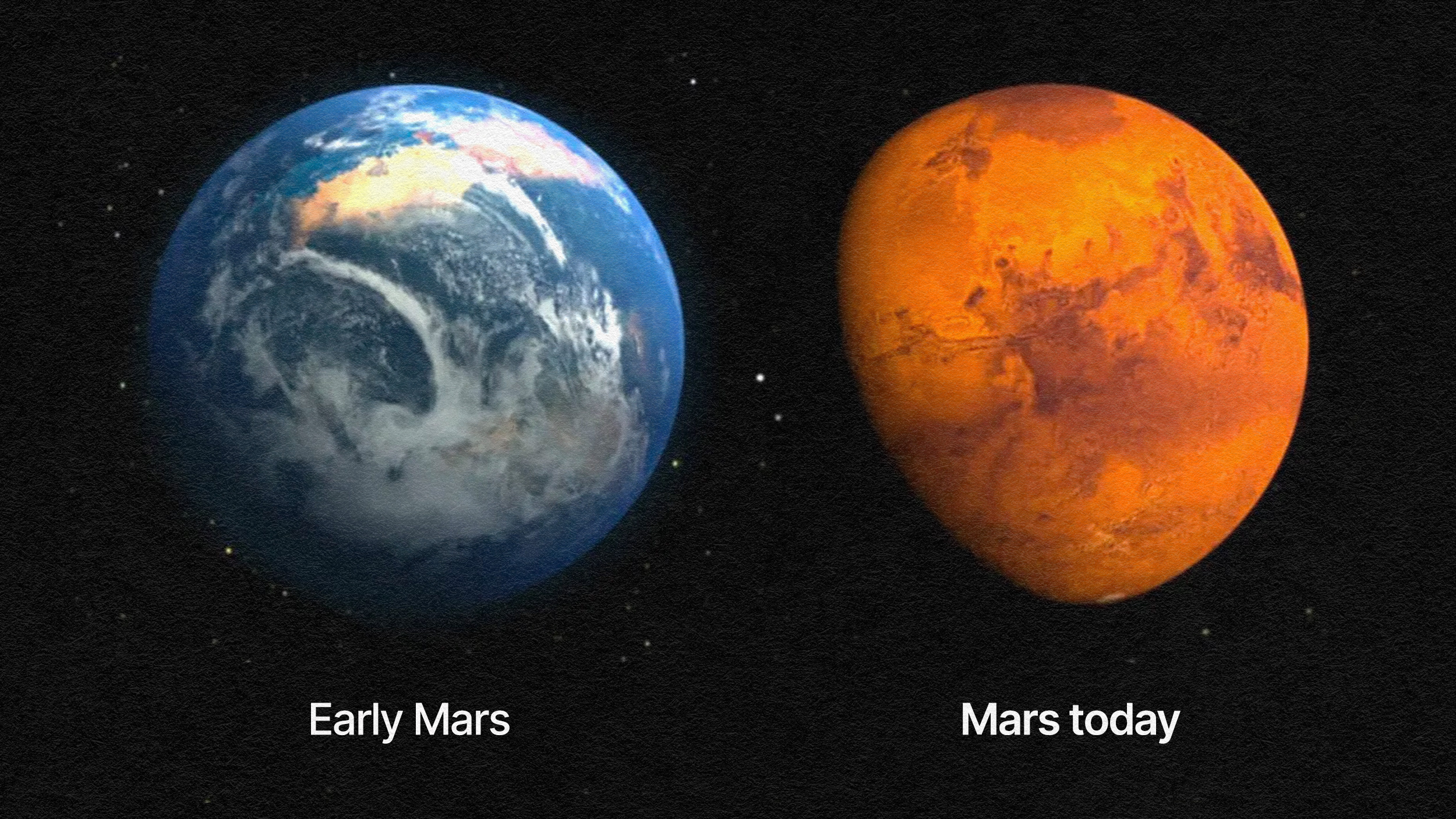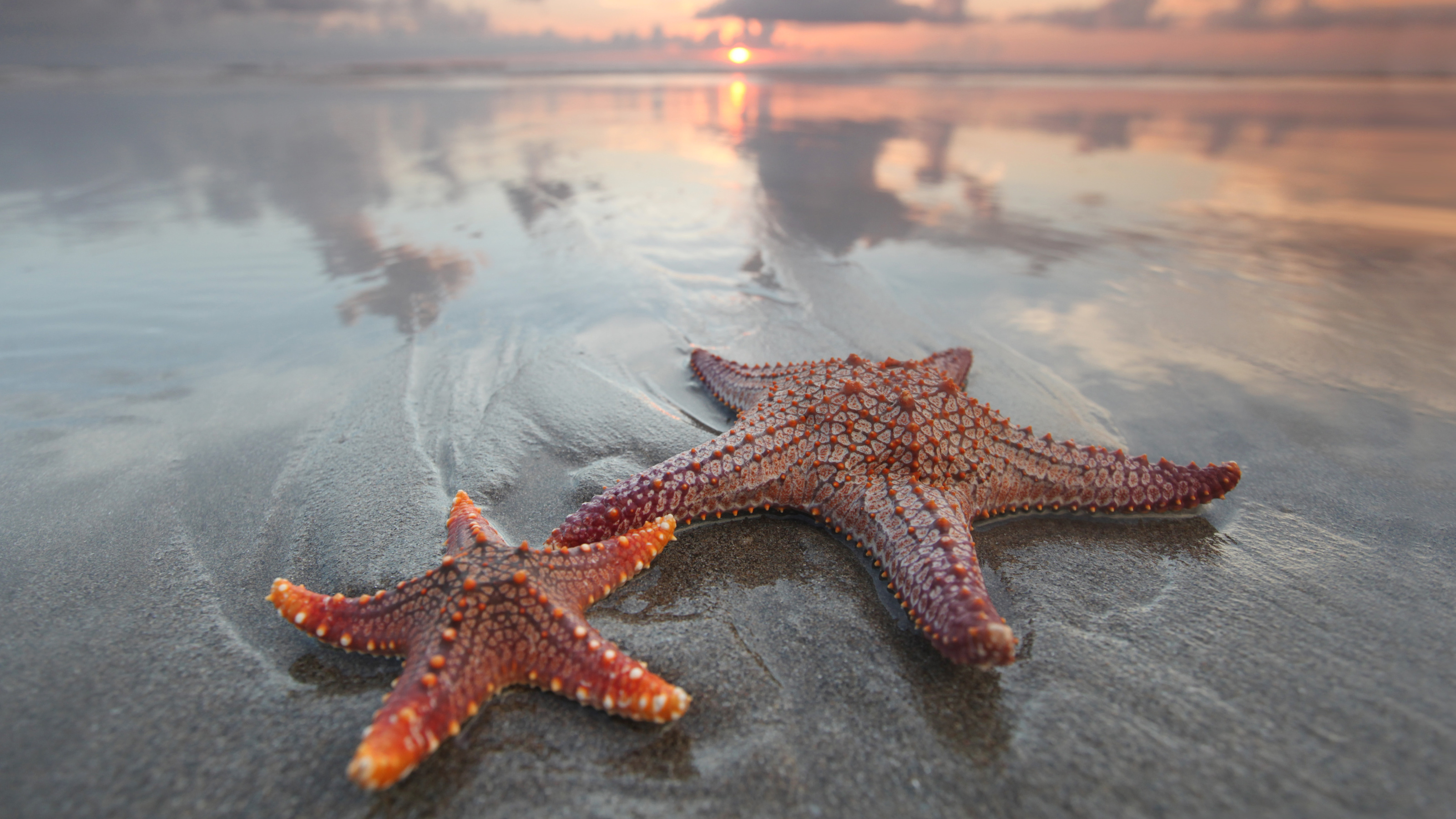Water Worlds May Be the Future of Planetary Colonization
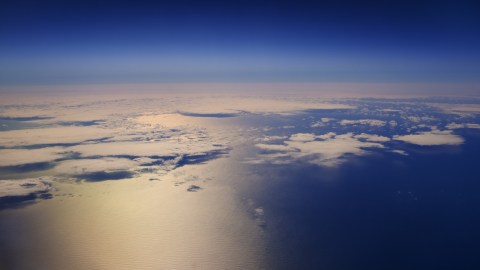
Life under the sea may be home to some future planetary colonizers. Sights like Rapture, as depicted in the popular dystopian video game Bioshock, may become commonplace. Jennifer Chu of the MIT News Office highlights a recent study, published in the journal Icarus, that discusses the new criteria introduced in measuring the possibilities of habitable worlds.
There are some important characteristics that make a planet ripe for colonization—oxygen, water, atmosphere, and so on. But only one such planet exists within our own solar systems, looking beyond are an unimaginable number of worlds–nearly 2,000 have been discovered already. Researchers at MIT are arguing the criteria involved when scrutinizing a planet’s obliquity—its axel tilt–which may open up new options for habitation.
Scientists have thought that seeking out a planet with a relatively low obliquity (like Earth) would be an important measurement in order to classify a planet as habitable. But scientists now believe that a planet with a horizontal axel tilt that resembles that of a rotisserie chicken could sustain life. That is, so long as the planet is covered in water.
One of the numerous problems that come with a horizontal tilt is the planet’s day/night cycle. Its north pole would experience daylight for six months followed by another six of darkness. On top of that the planet’s climate would fluctuate to extremes. David Ferreira, co-author of the study and lecturer at the University of Reading, explained the issue further:
“The expectation was that such a planet would not be habitable: It would basically boil, and freeze, which would be really tough for life.”
Their research, however, provides new insight, claiming that so long as a planet is covered in an ocean at least 50 meters deep, these extremes wouldn’t pose as much of an issue.
“We found that the ocean stores heat during summer and gives it back in winter, so the climate is still pretty mild, even in the heart of the cold polar night. So in the search for habitable exoplanets, we’re saying, don’t discount high-obliquity ones as unsuitable for life.”
In simulations of an earth-like planet with a high obliquity, scientists found that the water depth can’t go below 50 meters. At 10 meters of water spanning the globe, the planet wouldn’t be able to sustain life. Instead, the minute frost began to form when temperatures dropped, a snowball effect would occur, spreading ice to the dark side of the world. Once the planet turned to face the sun, its rays would bounce off the ice, having no effect in warming the frozen surface, and forever covering the planet.
There’s a 0.1 percent chance of one of those 2,000 planets supporting a water world, so aqua planet possibilities aren’t high… for now. The chances for life aquatic only increase with more planetary discoveries, so get your scuba gear ready.
Read more at MIT News
Photo Credit: MarcelClemens/Shutterstock
